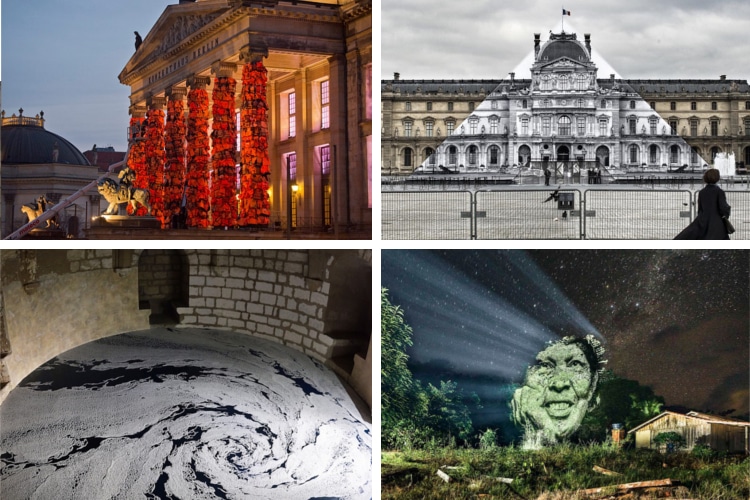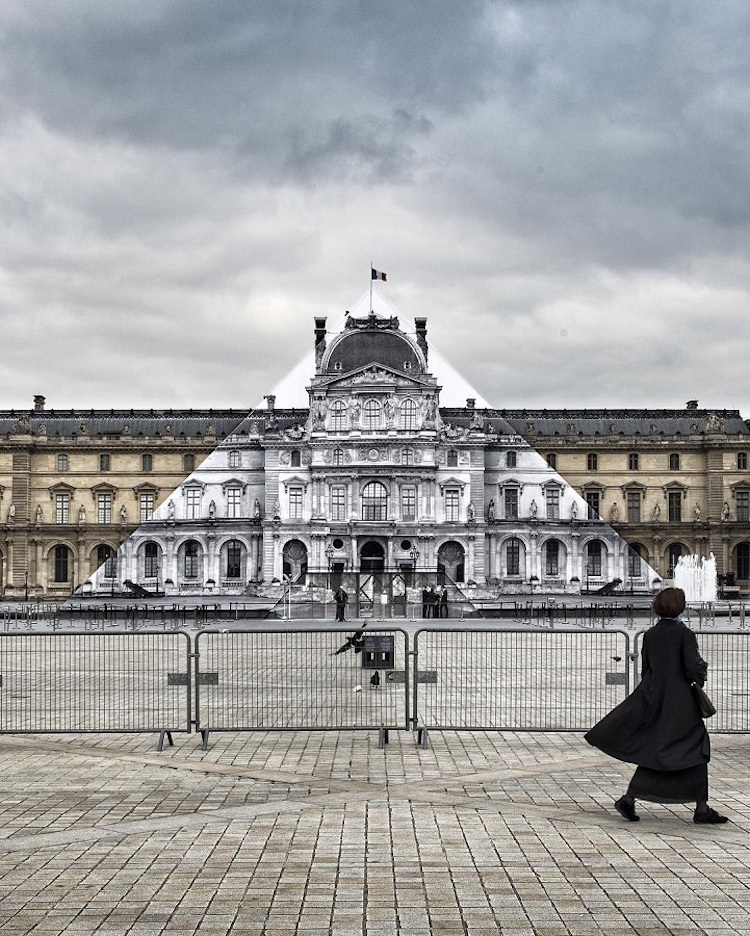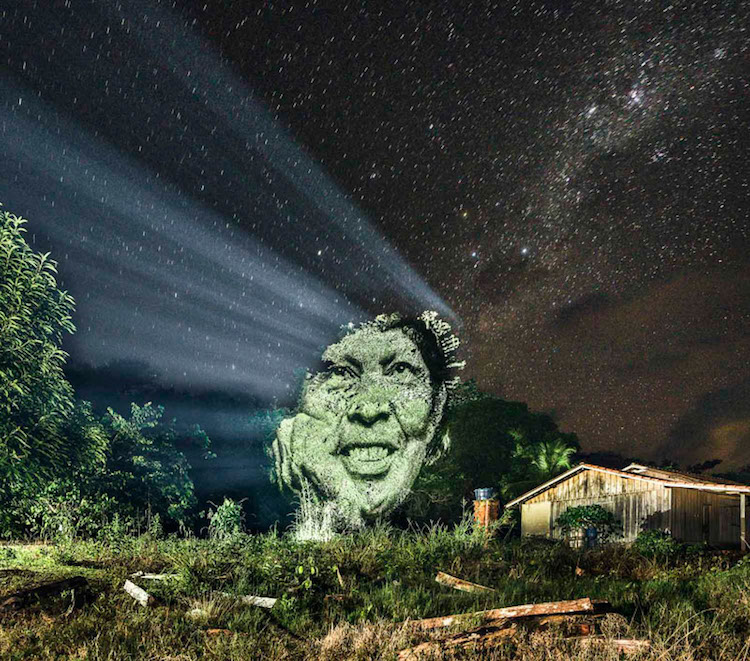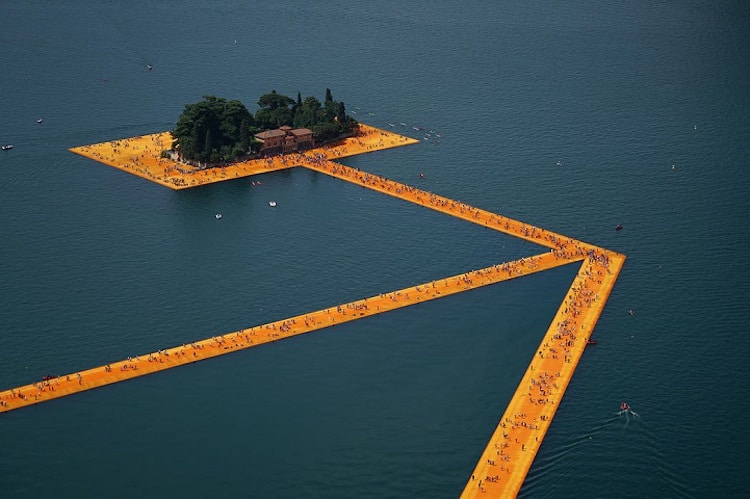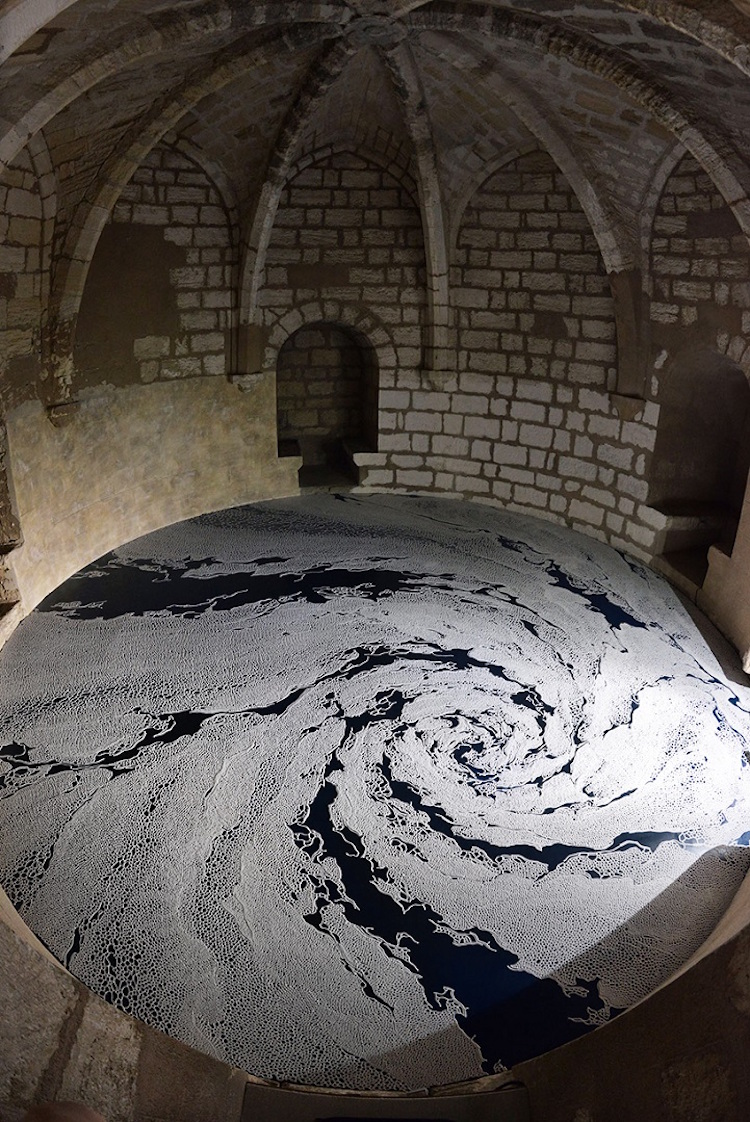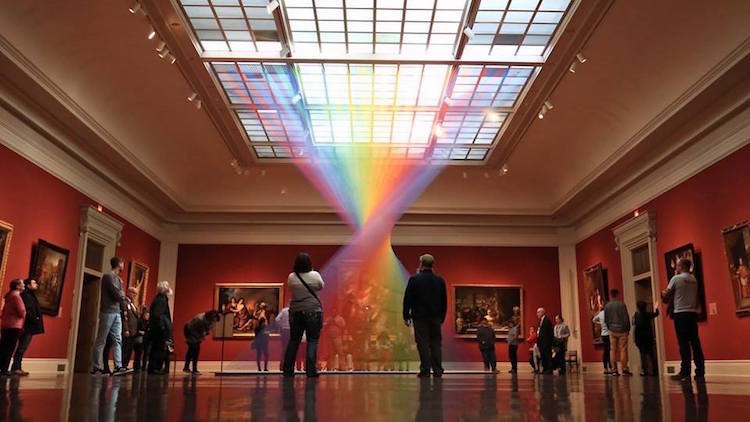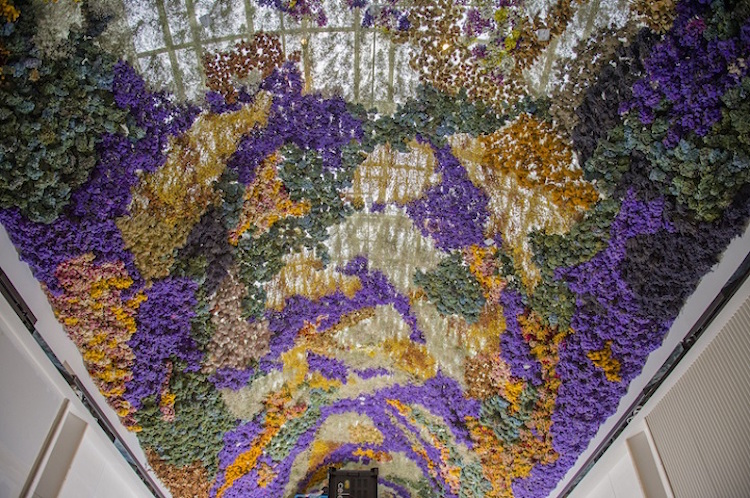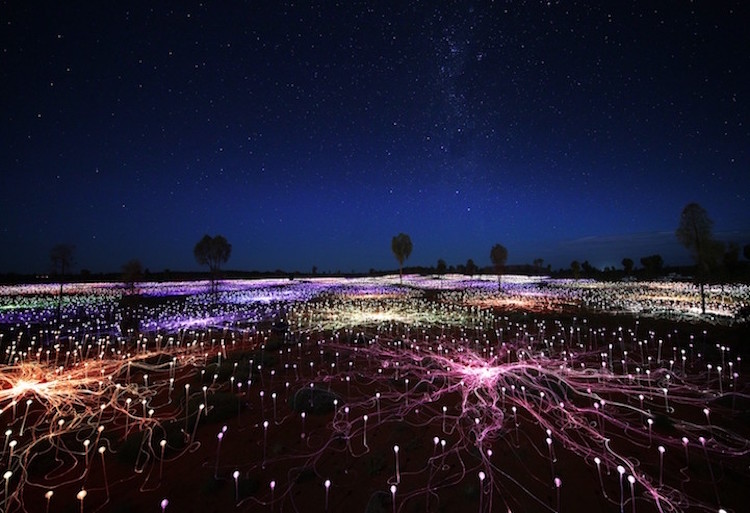Best of 2016: Top 10 Art Installations
Year after year, we are impressed by the inventive and imaginative art installations that pop up in museums, streets, and natural landscapes around the world. From sculptural works and found objects to light art and projections, installation pieces play with space to challenge our traditional perceptions of art engagement.
Like the year before, 2016 saw a wide range of beautiful, fascinating, and poignant installations. While 2015’s top works indicated a trend toward dazzling, kaleidoscopic color, this year’s best installations are a bit more eclectic and conceptual, presenting an array of aesthetics and unique undertones.
Take a peek at our favorite installations below.
Top Pieces of Installation Art in 2016
JR au Louvre by JR
Using photographic prints, French street artist JR camouflaged I.M. Pei’s iconic glass pyramid at the world-famous Musée du Louvre in Paris. When viewed from a precise angle, the structure appears to vanish, revealing the façade of the stunning palace-turned-museum.
The Blood Forest by Philippe Echaroux
To draw attention to the destruction of the Amazon, artist Philippe Echaroux created The Blood Forest, a striking series that projects portraits of the indigenous Suruí tribe members onto its trees.
The Rubicon by Jason deCaires Taylor
Museo Atlantico is an underwater contemporary art museum located off the coast of the Lanzarote Island in the Atlantic Ocean. For the unprecedented site, artist Jason deCaires Taylor has sculpted a series of hyperrealistic figures that appear to aimlessly stroll along the seabed.
Hollow by Katie Paterson and Zeller & Moye
Hollow, an interactive installation by artist Katie Paterson and architects Zeller & Moye, features wood from 10,000 species of trees spanning millions of years. Cut into planks and crafted into a stalactite-like collection, the wood hangs from the ceiling, offering visitors a unique, walk-through viewing experience.
The Floating Piers by Christo
Contemporary conceptual artist Christo is renowned for his pioneering land art. For his latest site-specific project, The Floating Piers, Christo created a series of bright yellow paths that invites residents and visitors of Sulzano, Italy, to commute to its neighboring islands on foot. Like all of Christo’s installations, the local landscape of The Floating Piers plays an important role in its concept. “The mountains surrounding the lake will offer a bird’s-eye view of The Floating Piers, exposing unnoticed angles and altering perspectives,” he explained. “The water, the wind, the sun – all this is part of the project.”
Labyrinth by Motoi Yamamoto
With only standard table salt and a steady hand, Japanese artist Motoi Yamamoto has meticulously transformed the floor of a medieval castle in the South of France into a stunning, spiraling labyrinth.
#SafePassage by Ai Wei Wei
Known for his activist art, Ai Weiwei is no stranger to social statements. For #SafePassage, the leading contemporary artist boldly covered the pillars of Berlin’s Konzerthaus with over 14,000 bright orange life vests. Accompanied by a hanging lifeboat transcribed with the hashtag, “#safepassage,” the installation calls attention to the plight of refugees seeking asylum in Europe.
Plexus 35 by Gabriel Dawe
Composed of colorful embroidery threads and intentionally surrounded by old masterworks, Mexican artist Gabriel Dawe‘s enchanting, site-specific installation, Plexus 35, adds a contemporary touch to the Toledo Museum of Art’s Great Gallery.
The Canopy by Rebecca Louise Law
Artist and gardening enthusiast Rebecca Louise Law combined her two passions to create The Canopy, a bright and beautiful installation made up of 150,000 native Australian flowers. Using copper wire and a wide variety of blooms, Law seamlessly composed the canopy, which adorned the skylight in Melbourne’s Eastland Shopping Mall.
Tili Wiru Tjuta Nyakutjaku by Bruce Munro
While British artist Bruce Munro has created various versions of Field of Light, a large-scale, luminous work, it wasn’t until 2016 that he finally installed a light installation on the site that inspired it all—Uluru, a sandstone monolith in Australia. Titled Tili Wiru Tjuta Nyakutjaku (“looking at lots of beautiful lights” in Pitjantjatjara, the local language of the region’s Aboriginal people) the dazzling display is on view until 2017.

